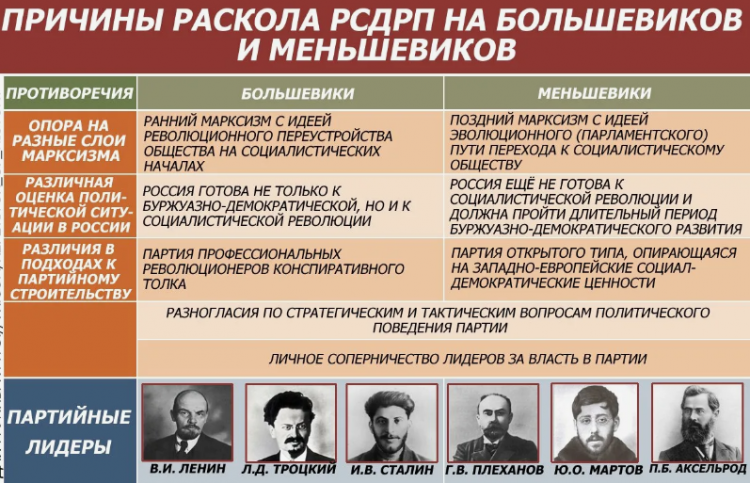
White Guard Armed Rebellion
The strengthening of Soviet power deprived the bourgeoisie of any hope of regaining their former authority "peacefully," and they now attempted to seize power through political struggle, also betting on preparing rebellions and taking power by armed means. This characterizes the political situation in Pishpek and the region in 1918. There was a party of Socialist Revolutionaries (SRs) with 200 members and a party of Social Democrats (Bolsheviks) with 1,000 members, having opposing goals and objectives. On August 20, 1918, agreements were reached between these parties regarding joint work in the common interests of both factions in the council.
The Pishpek District Congress of Soviets, held from September 4 to 14, 1918, included 288 delegates.
Of these, 118 delegates were Bolsheviks, and 170 delegates were Left SRs. The Bolshevik faction was led by A. Ivanitsyn, and the Left SR faction was led by Agafontsev. The congress discussed the report of the chairman of the district executive committee of the council, Shvets-Bazarny, and defined the tasks for local authorities regarding the organization of land and water committees to regulate the food issue and organize trade. At the congress, the Left SRs opposed the resolutions proposed by the Bolsheviks on these issues.
While part of the Pishpek Council, the Left SR representatives made one attempt after another to disrupt the Soviet apparatus. On November 11, the investigative commission adopted a resolution to hold the Left SRs, the chairman of the executive committee, Sydyk Dzhancharov, and his assistant Daulbek Kabylyov accountable for submitting defamatory material against the district commissioner for nationalities, X. Khasanov.
Gradually, the SRs moved to open struggle against Soviet power. As is known, after the V All-Russian Congress of Soviets in 1918, when the SRs in Moscow raised a rebellion, they were excluded from the Soviets. The remaining members of the Left SR party were excluded from the Pishpek district and other councils in November 1918 by the decision of the district party conference.
Relying on the kulaks and the support of the Siberian White Guard government, the Left SRs raised an armed rebellion against Soviet power on December 6, 1918, in the village of Belovodsk in the Pishpek district, which spread to several neighboring villages in the Aule-Atinsky and Tokmak districts. The rebels seized power in several villages of the Pishpek district and on December 14, 1918, broke through to the district center, the city of Bishkek, and occupied its western part. In the captured territory, they brutally dealt with party and Soviet workers, Red Army soldiers, and teachers, committing robberies. They seized the post and telegraph office in Belovodsk and created their headquarters of the "military people's authority."
The organizers of the rebellion were connected with underground centers in Tashkent, with White Guards from Semirechye, and former tsarist diplomatic representatives in Xinjiang.
Local party and Soviet bodies, standing up for the defense of the city under the command of volunteer units led by military commissar Nagibin, offered stubborn resistance for about a month against superior enemy forces, and the Pishpek regiment under the command of Y. N. Logvinenko, with more than 700 Red Army soldiers arriving from the northern Semirechensky front, suppressed the rebellion after four days of fighting on December 28. On January 1, 1919, the funerals of 48 fallen defenders of the city were held in Dubovy Park, where a monument to the Red Army soldiers was later erected. In 1933, the commander of the first Pishpek regiment, Y. N. Logvinenko, was also buried here. The monument is an eleven-meter obelisk topped with a sickle and hammer. It bears the inscription: "Eternal glory to those who fell in the struggle for the power of the Soviets."
A significant number of participants in the rebellion were arrested and sentenced to various terms of punishment. In peaceful conditions, all government bodies began to operate. However, the existence of the district-city executive committee and the city council caused some parallelism in Soviet work. Therefore, at the beginning of 1920, they were merged into one district-city executive committee with departments working for both the city and the district.
The Issue of Land Use in Pishpek











































